As a brilliant LED display in the display market in recent years, as more and more of it enters the field of indoor high-definition display, how to realize 3D display technology suitable for LED display has also begun to attract attention.
As a leading LED display provider in the country, LED scree provides users with the most suitable 3D display solutions for LED displays with its consistently leading innovation and development capabilities.
The 3D display control solution we use can solve various problems that users are likely to encounter in actual use, and provide display users with flexible and convenient system solutions, simple and intuitive operating software, high-quality film sources, and interference-free 3D glasses. . While adding highlights to the display, it relieves everyone’s worries.
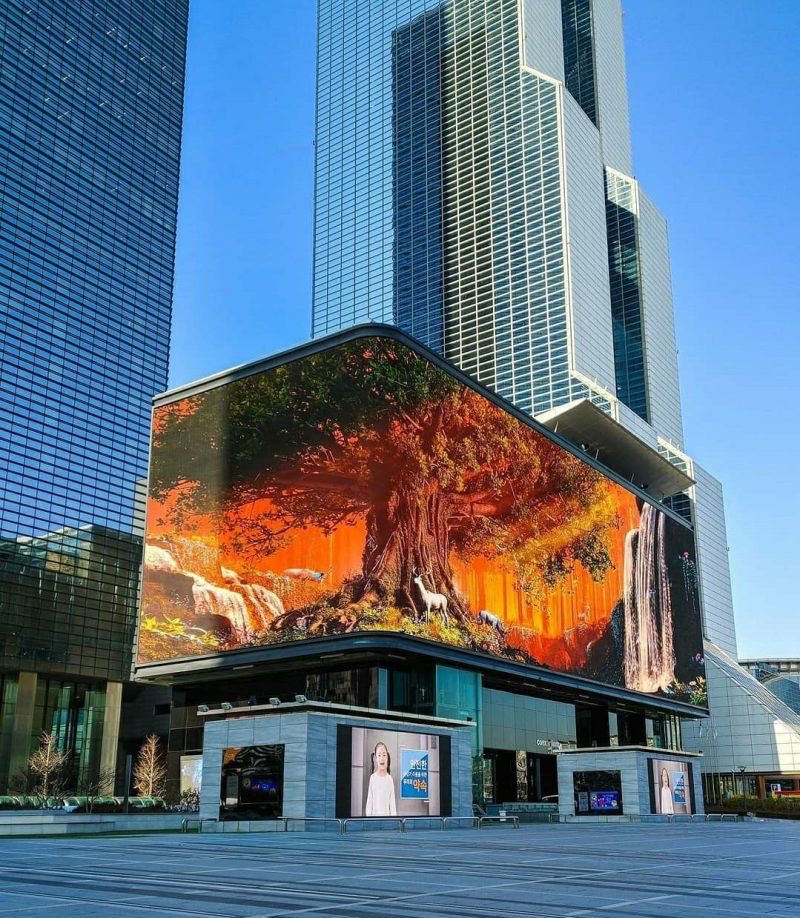
At present, the mainstream 3D display has occupied most of the country, and the known 3D display devices include stereo vision, helmet-mounted display, CAVE, naked-eye stereo display and true 3D display. The main 3D stereoscopic display technologies are as follows.
Glasses 3D Display Technology
Glasses-based 3D technology can be subdivided into three main types: chromatic aberration, polarized light, and active shutter, which are commonly referred to as color separation, light separation, and time division.
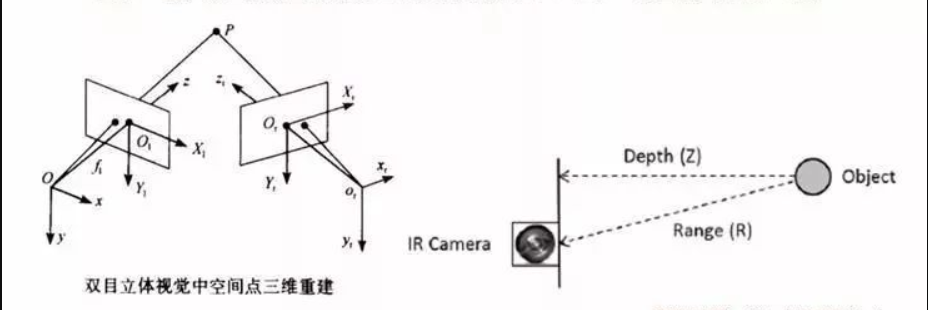
Anaglyphic 3D technology (Anaglyphic3D): It is used with passive red-blue (or red-green, red-cyan) filter 3D glasses. This technology has the longest history, the imaging principle is simple, and the implementation cost is quite low. The cost of glasses is only a few dollars, but the 3D picture effect is also the worst.
Polarization 3D Technology (Polarization 3D)
It’s also known as polarized 3D technology, and it works with passive polarized glasses. Polarized 3D uses the principle that light has a “vibration direction” to decompose the original image. First, the image is divided into two groups of vertically polarized light and horizontal polarized light, and then the left and right 3D glasses use polarized lenses with different polarization directions. , so that the left and right eyes of the person can receive two sets of pictures, and then the brain can synthesize the three-dimensional image.
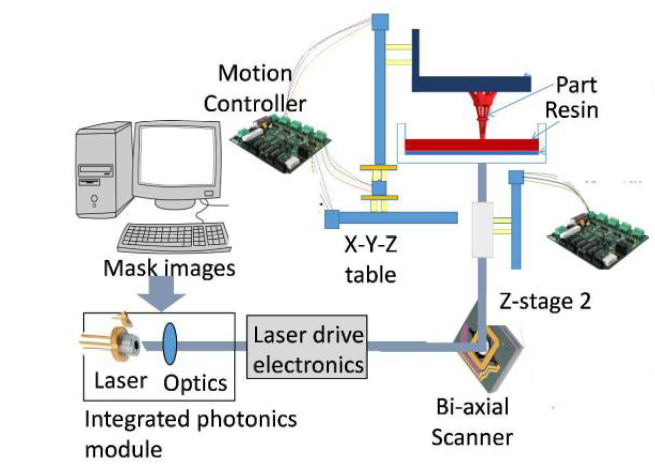
Shutter 3D Technology
This 3D technology is most widely used in TVs and projectors, with relatively more resources and excellent image effects. It is respected and adopted by many manufacturers, but its matching 3D glasses are expensive. At present, 3D TVs launched by LG, Samsung, Panasonic, Skyworth and other brands all use active shutter 3D technology.
3D Display Technology Development Trend
Display technology has gone through a process from black and white display to color display, and from ordinary color display to high-definition color display. At present, flat display technology has made great achievements. But because the objective world is a three-dimensional world, any object has the three-dimensionality of x, y and z. In order to pursue the maximum true reproduction, one of the main ways is to achieve three-dimensional sense.
At present, the mainstream 3D display has occupied most of the country, and the known 3D display devices include stereoscopic vision, helmet-mounted display, CAVE, naked-eye stereoscopic display and true 3D display.
In 3D stereoscopic display technology, it will gradually develop from active glasses and polarized glasses to naked eye 3D and true 3D stereoscopic display technology.
It should be mentioned that many people do not know the difference between naked-eye 3D LED display and holographic projection. They feel that they are very similar, but in fact, there are still many differences between the two.
The difference between naked eye 3D led display and holographic projection
3D special effects are display effects that have become popular in recent years. Since the movie “Avatar”, 3D display has entered people’s field of vision. Up to now, 3D technology has been used in many fields, and the LED display industry can also achieve 3D effects. In fact, there are many 3D technologies, holographic projection and naked eye 3D are one of them, so what is the difference between these two technologies?
Glasses-free 3D technology is currently in the development stage, and its development is divided into two major directions, one is the development of hardware equipment, and the other is the processing mechanism for displaying content. In fact, naked-eye 3D led displays have been launched from time to time in recent years, but in general, due to technical limitations, manufacturers that can independently develop naked-eye 3D led displays are one in a hundred.
Because of the difficulties, the naked-eye 3D LED display in the true sense cannot be applied on a large scale at present. There are some manufacturers in the industry that have realized the industrialization of naked-eye 3D LEDs through acquisition or cooperation. At present, all naked-eye 3D led displays are realized indoors, and most manufacturers do not have the ability to develop outdoor naked-eye 3D led displays.
This also restricts the implementation of naked-eye 3D led displays.
Nevertheless, LED display manufacturers have never given up on the development of naked-eye 3D, storage technology, and talent training are the most important things for enterprises at present. If you want to be invincible in the future 3D competition, you must plan ahead.
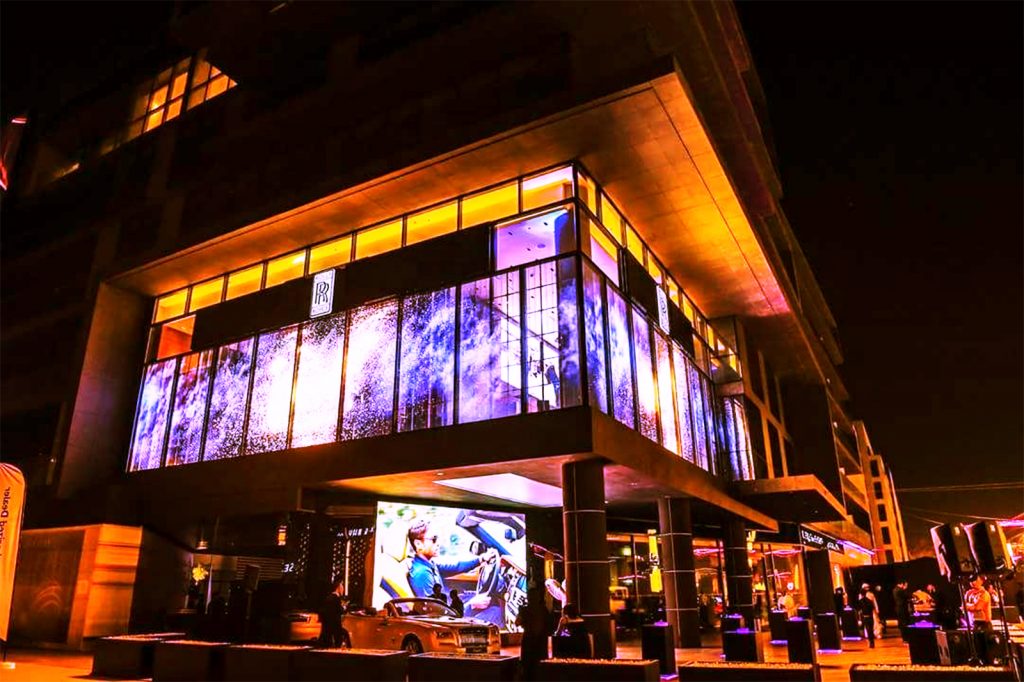
Different from the naked-eye 3D LED display display method is holographic projection, which is a technology that presents videos or images in the air. Simply put, it is a three-dimensional image technology that uses optical principles such as interference and diffraction to record and reproduce the image of an object.
The holographic projection methods commonly used in the market can be roughly divided into two categories: one is the rear projection method, the projector directly projects the content to be projected onto the holographic film; the other is the use of reflection, which reflects the projection or LED image onto the holographic film On the holographic film placed at 45 degrees, the effect will be more realistic, but the cost and cost will be higher. For example, this method is often used in large-scale parties.
In fact, it is a special projection screen. This kind of projection screen uses a transparent film base, and a sandwich is sandwiched between the production of the film base. The result of this is that those who watch from a distance can only see floating in the air. content, and the transparent film base is basically invisible. This creates a visual hallucination, feeling that the content is very peculiarly separated from the display medium and exists in the air.
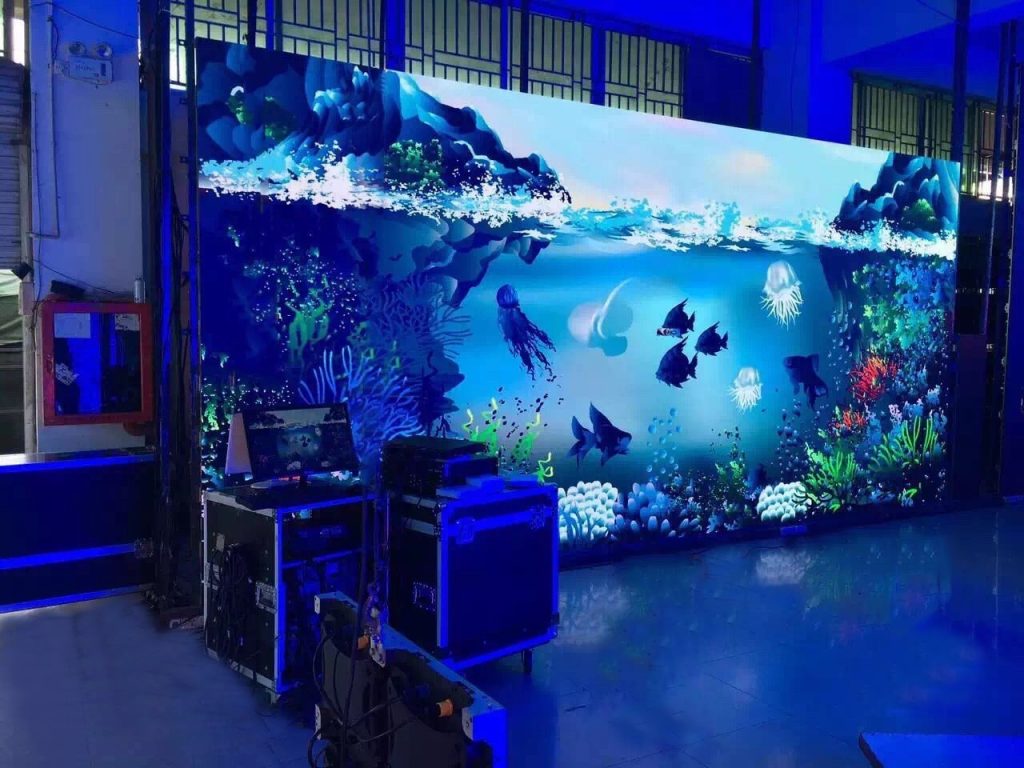
Another common holographic statement is the holographic projection of space. This display method is more advanced and more realistic, as if it were on the scene. This is probably the expression method that thousands of people dream of, and many people claim that they are saw the future.
Regardless of the above methods, it is closely related to the LED display. After understanding some technologies related to 3D LED display, many customers may still want to know how much the naked eye 3D LED display generally costs.
How much is the naked eye 3D LED display?
The price of naked-eye 3D LED display includes two aspects, one is the screen body and the other is the material. The price of the screen depends on the model, and the material depends on the display content.
The price of the led display screen is directly linked to the model. The smaller the model, the higher the price (under the same configuration). In addition to the model, the price of the entire screen from ordering to display also includes the following: screen, control system, installation and debugging, logistics and transportation, structure…
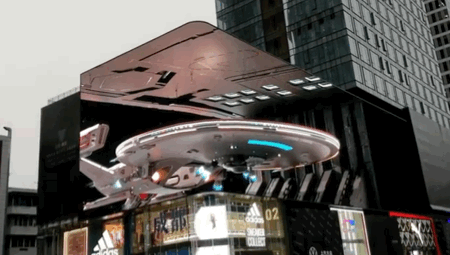

The materials are made by professional companies or teams, customized according to customer needs, and the cost is not low. Although the screen is used as a carrier, the naked-eye 3Dled display has no matching materials, and no matter how good the screen is, it cannot show the corresponding effect.
LED scree is a manufacturer of LED display screens, but in addition to providing screens, it also has a professional production team for naked-eye 3D materials, naked-eye 3D led displays, and one-stop all-inclusive screen materials.
Regarding the cost of the naked eye 3dled display screen, the naked eye 3dled display screen used in outdoor advertising is more than a few hundred square meters, and the entire project is in the tens of millions. Shenzhen’s first vertical 3D giant screen built by Dayuan Intelligent, the model selected is P6, the entire screen area is 670 square meters, and the cost is also more than 10 million. Regarding the price of naked-eye 3Dled display, take the class as a reference.